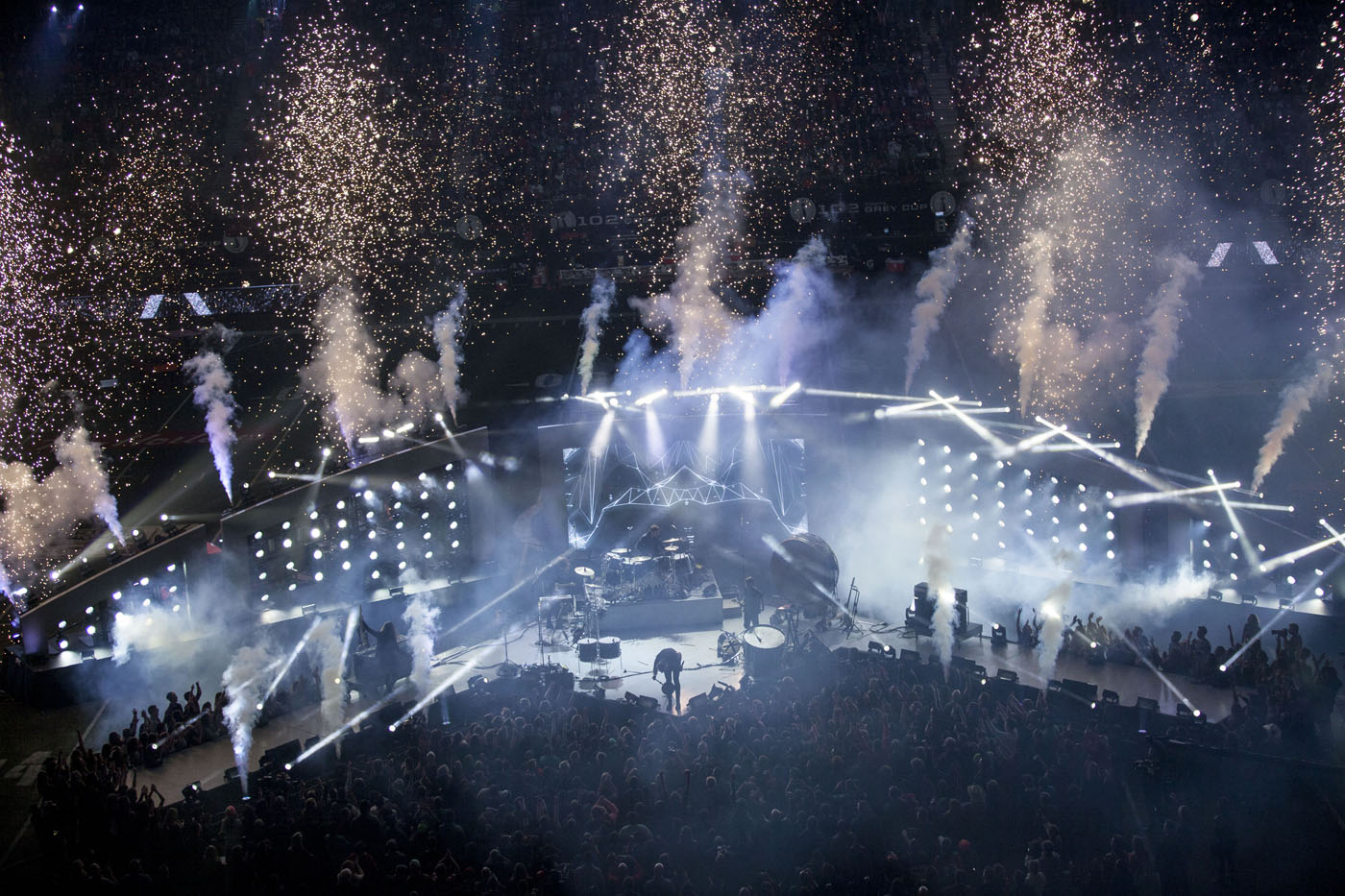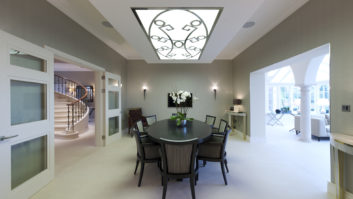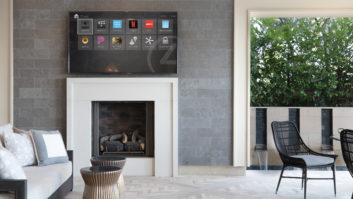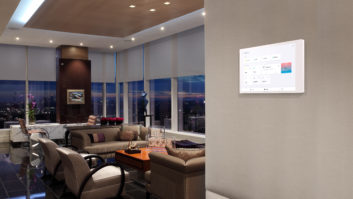
Wireless lighting control is becoming more popular in professional AV installations, from domestic and commercial building installations to large rental and staging events. Steve Montgomery investigates.
The phenomenal rise in the use of mobile devices to interface and interact with almost every intelligent device in consumer and commercial applications has delivered major benefits and lifestyle enhancements. Lighting control technology is typical – today all manufacturers of lighting equipment have some form of wireless control capability within their portfolio. It is not a new trend, as Sam Woodward, customer education leader, Europe and Africa at Lutron Electronics, points out: “Well-designed wireless lighting control has been proven to be effective and reliable for over 15 years now, with millions of wireless devices already deployed and operating around the world.”
The take-up and installation of this technology has been greatly aided recently by two coincident trends: the desire of owners and building operators to integrate and control complete buildings through management systems that provide energy efficiencies, operational savings and localised convenience and comfort; and the introduction of LED-based luminaires that are inherently more controllable and able to deliver attractive visual effects. Both are affected by legislation that forces users to manage energy more efficiently or simply makes old lamps obsolete.
Navigant Research estimates that commercial building automation systems that improve energy efficiency and optimisation and enhance occupant comfort and health are expected to grow from $59.3 billion annually in 2013 to $86.7 billion in 2023. Worldwide shipments of residential lighting controls are expected to total nearly 1.1 billion over that same period.
Wireless control offers a variety of advantages that makes it ideal for lighting installations. Many light bulbs, such as the Philips Hue and Osram Lightify ranges, have integral wireless receivers and control electronics that allow the brightness and colour to be directly controlled by an application hosted on a smart device. Designed for retrofit and replacement of traditional bulbs, they provide consumers with instant remote control of their lighting environment without the need for expensive and inconvenient rewiring and control units. Groups of bulbs can be controlled together to create scenes and instant configuration at the touch of a virtual or physical switch.
Wireless lighting is being incorporated into residential control systems to form part of the overall home management strategy. As David Ribbons, director of sales northern, central and eastern Europe for Lutron, explains: “Clear Connect RF technology provides a simple alternative for adding light control into locations where it may previously have been too difficult, such as older homes with complex architecture, without having to install new wiring. It operates on a quiet frequency band that is essentially free of interference, so is unaffected by neighbouring networks. Lighting can be controlled wirelessly through any third-party controller, including touchpanels, remote controls and smart devices.”
Commercial installations of integrated building management systems can also take advantage of wireless lighting systems. They too benefit greatly from simplified installation without the need to rewire whole buildings and can easily and quickly be incorporated into the building management and control system. With individual adjustability of each fitting, greater levels of local control can be provided to increase the comfort of employees and provide automatic adjustment in response to local conditions.
CREE’s Smartcast light fittings have integral motion and ambient light sensors to automatically adjust its brightness or shut down completely, depending on the amount of daylight and presence of people. Their integral wireless interfaces radically reduce design and installation time. Lutron’s Quantum Vue facility management tool extends lighting control with wireless controllers and keypads within a building-wide system that can be operated from a smart device or cloud-based building management facility and works with automatic shading for daylight harvesting and better overall energy management.







